Most Common Pests and Where They Like to Infest
Most Common Pests and Where They Like to Infest
Argentine Ants
These ants are some of the most common home invaders in the United States and, true to the stereotypes of ants, they are typically found scrounging around for food in homes. This leads to them infesting:
- Kitchens
- Dining Rooms
- Pantries/Storerooms
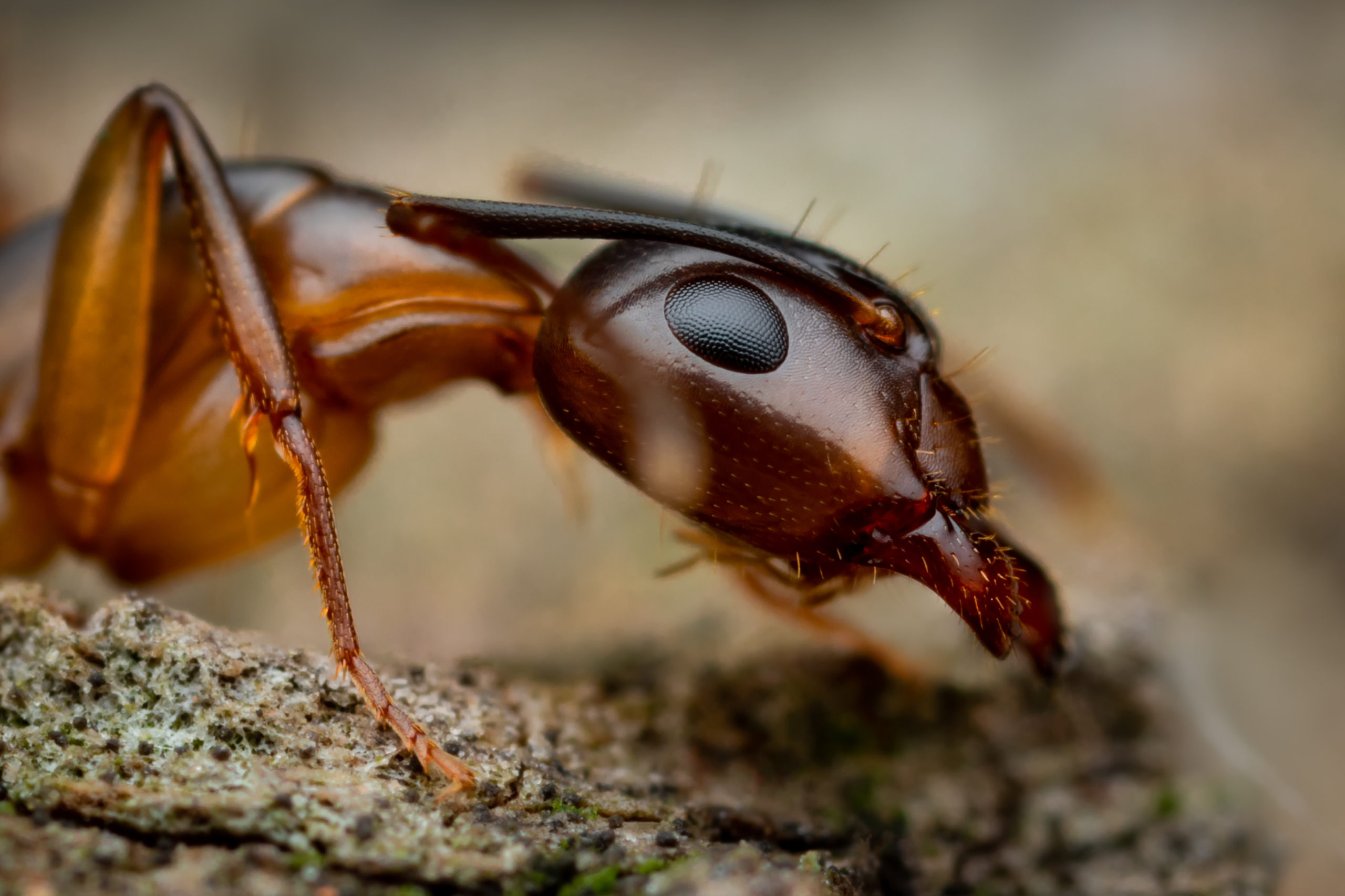
Bed Bugs
Bed bugs are roughly the size of an apple seed and can be as thin as a sheet of paper, making them experts at hiding. Their name is a bit of a misnomer as these insects can be found a multitude of places – not just inside beds. Other places they will inhabit within homes include:
- Couches and chairs
- Curtains
- Folded clothing
- Wheelchairs
- Bags: suitcases, purses, backpacks, briefcases, etc.
- Stuffed animals
- Under peeling paint
- Squeezed between floorboards
- Inside electrical outlets
- Behind picture frames
- And more…
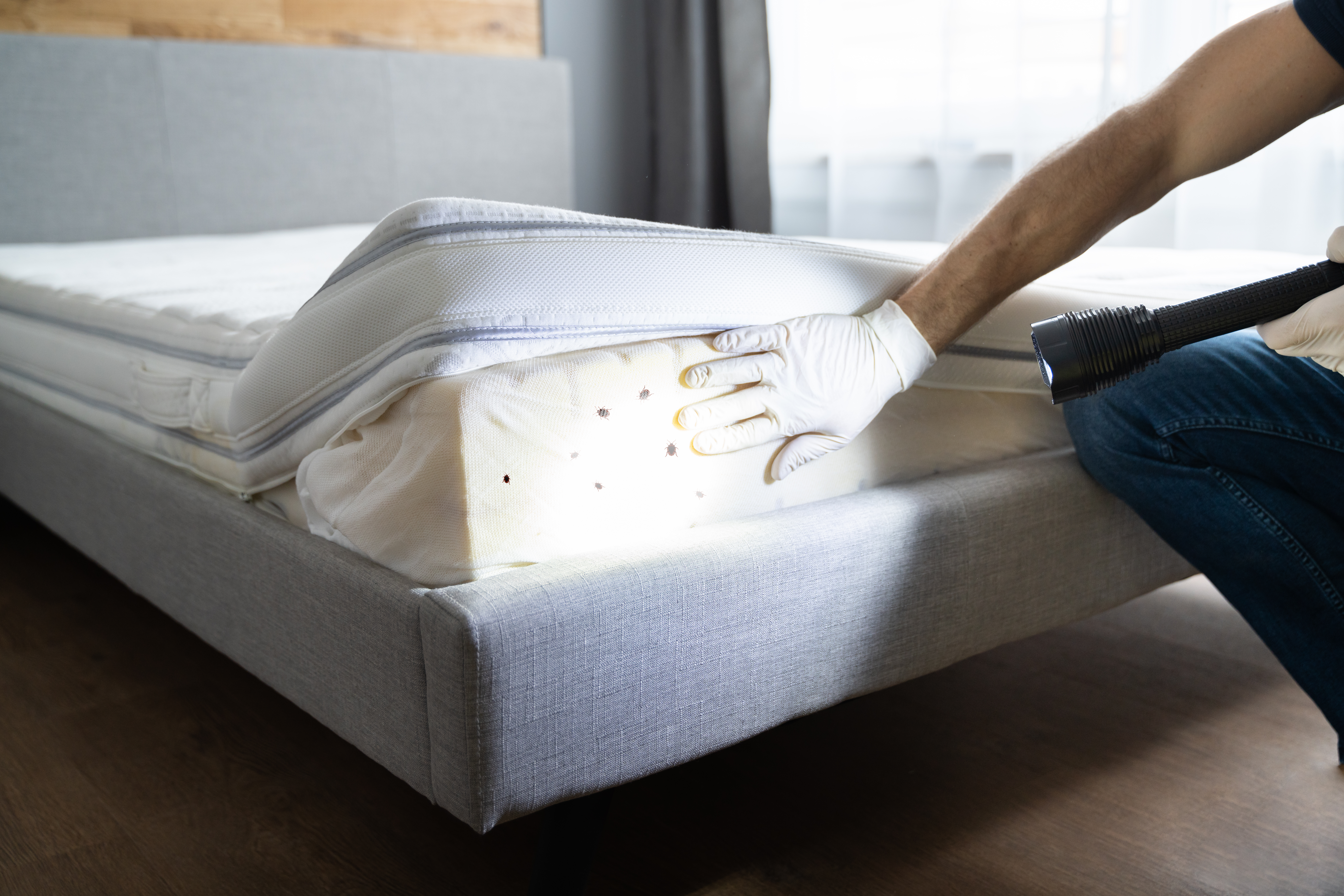
Brown Recluse Spiders
True to their name, these creepy spiders tend to be very reclusive – occupying dark and low traffic areas. Brown recluses can live up to six months without consuming any food or water, which means they rarely target areas with high humidity sources of water (though that doesn’t necessarily mean they couldn’t happen to be in such an area). Most often they are encountered in basements/cellars, attics, or garages and particularly favor cracks, crevices, boxes, or cluttered storage areas. 
Carpenter Ants
These ants are often mistaken for termites as they are woodboring insects. However, unlike termites, they do not consume the wood. Rather, they simply bore through it in order to construct their complex nests. They can be found targeting walls, floors, ceilings, furniture, and any other wooden structures. 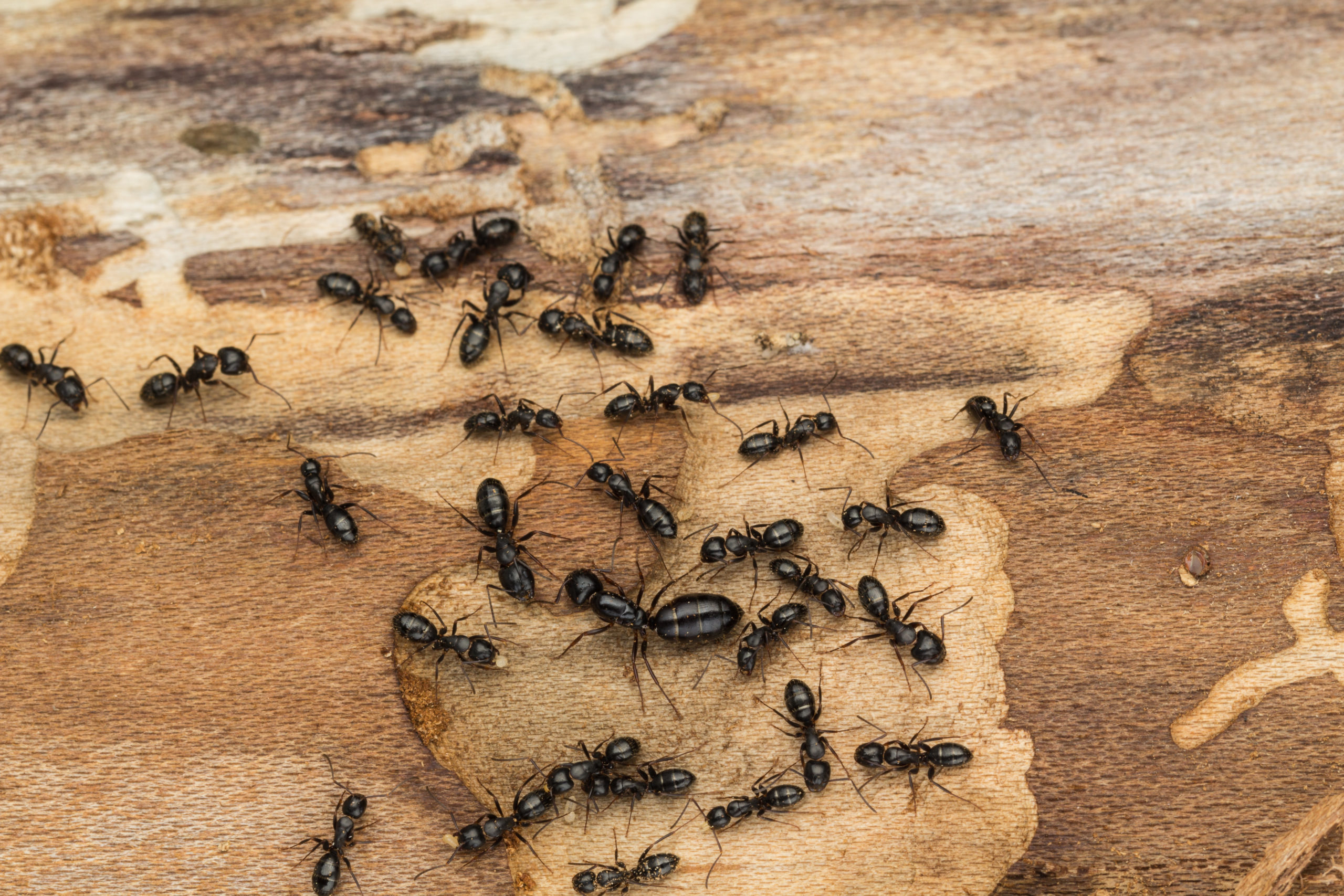
Carpenter Bees
Similar to carpenter ants, carpenter bees form their nests by boring through wood. However, unlike ants, bees are outdoor pests that will target different areas such as the sides of homes, eaves, decks, swing sets, etc. 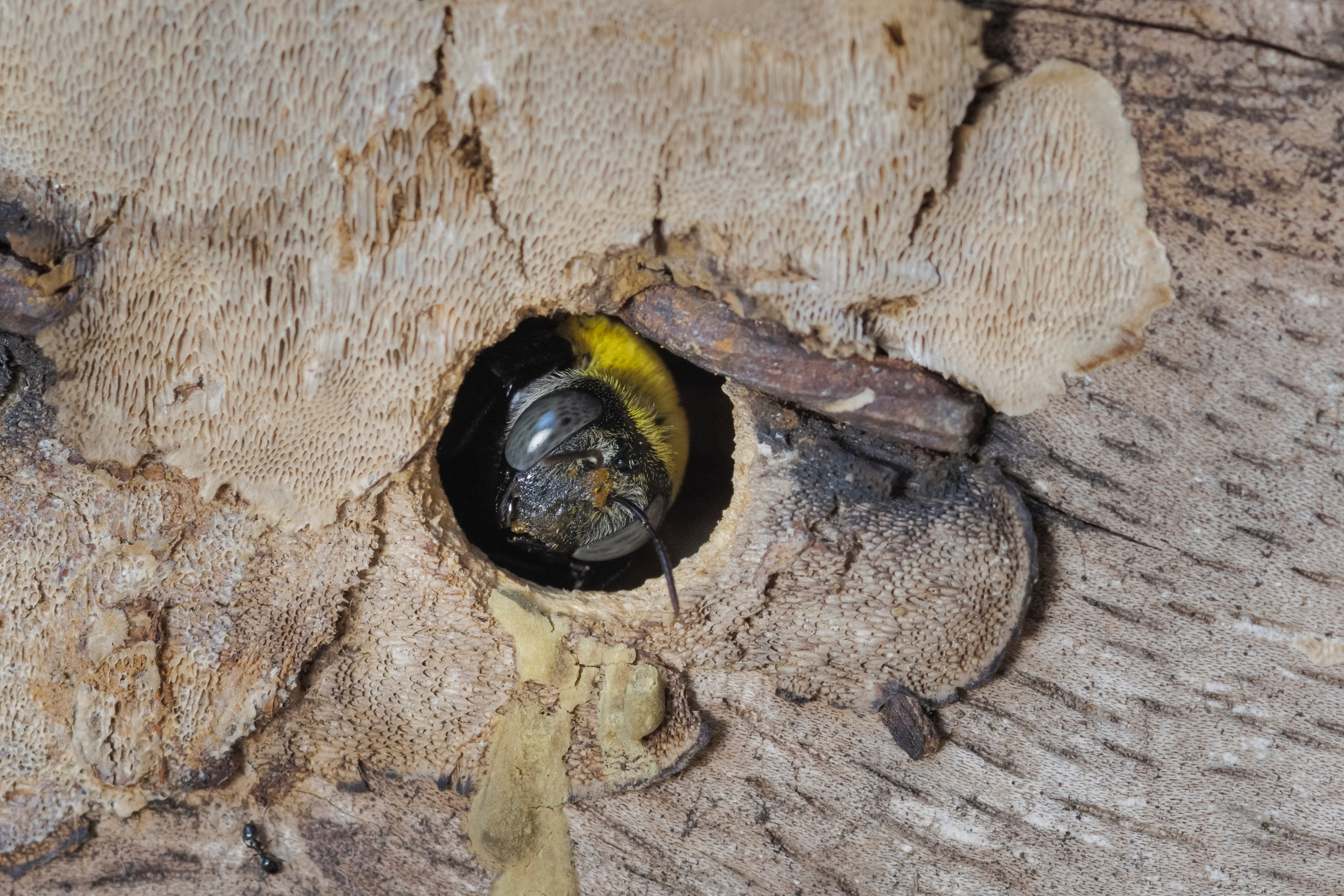
Centipedes
Centipedes in general prefer to inhabit moist areas and require little to no direct sunlight. In fact, they are so sensitive to heat and direct sunlight that they can become shriveled and die from too much direct exposure to the sun. Due to this, they can often be found inhabiting the basements and crawl spaces of homes. 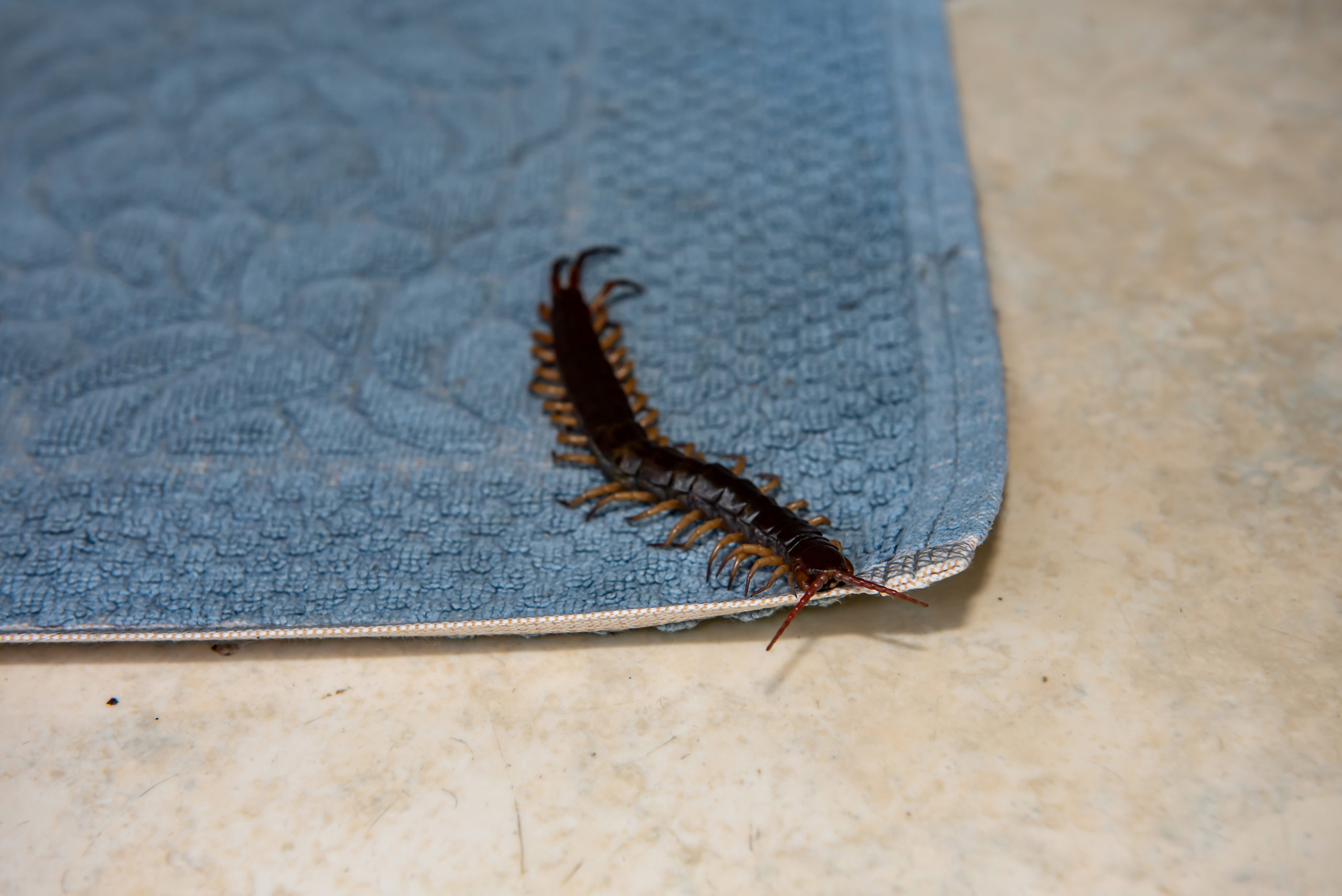
Cockroaches
Cockroaches have an affinity for warm, dark, and moist places. They are photophobic, meaning that they are afraid of light, leading to them seeking out the darkest places they can find. Due to this, they often will find their ways into:
- Kitchens
- Basements
- Laundry rooms
- Underneath sinks and around piping
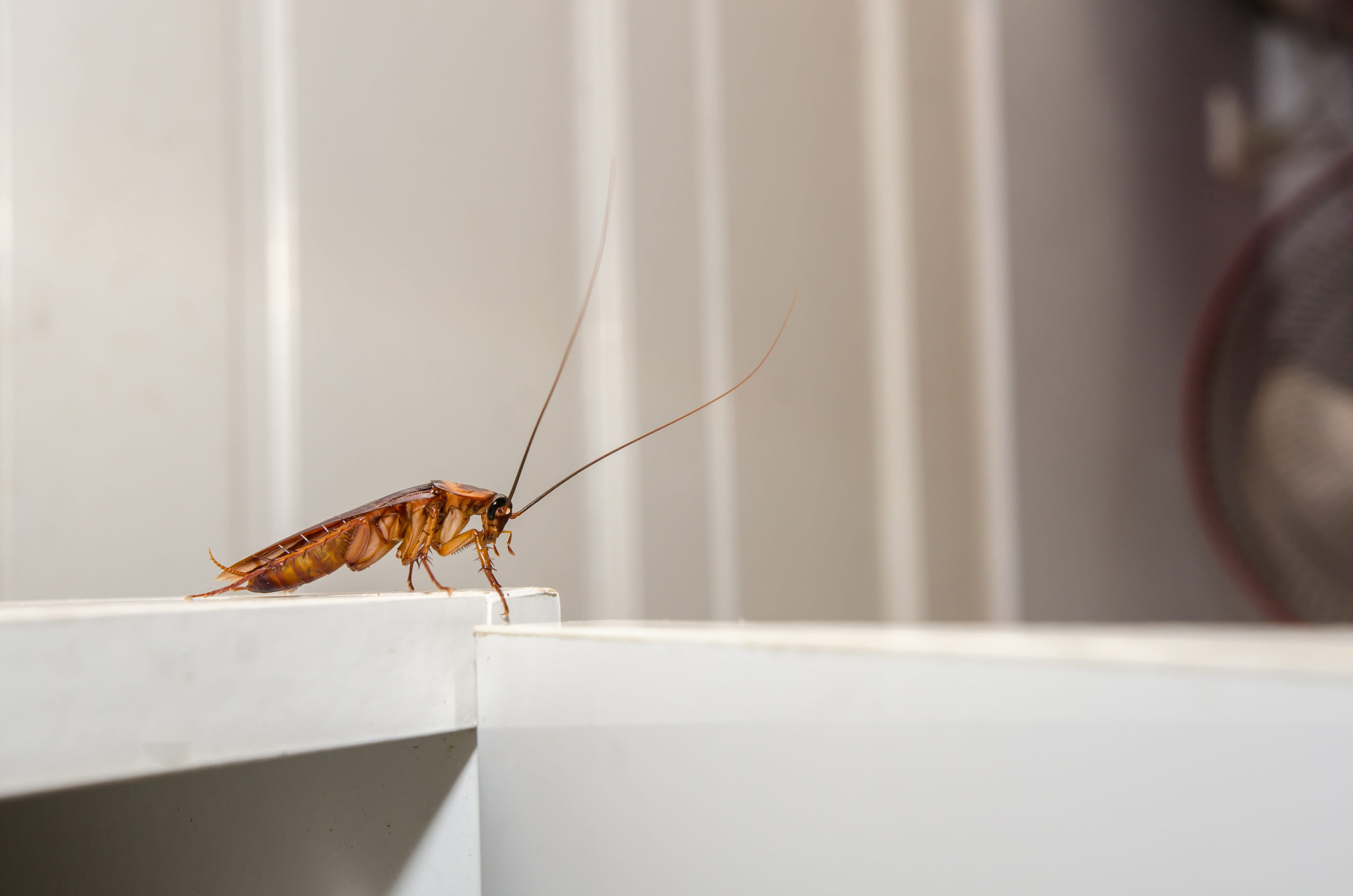
Earwigs
Earwigs can be found on every continent on Earth save for Antarctica and are often observed in gardens or around indoor plants. They are most active at night and, during the day, the prefer to inhabit dark, moist, cool areas. Due to this, they can commonly be found under rocks, in foliage piles, inside damp firewood piles, and even in damaged fruits. They tend not to prefer the indoors but will travel inside if the climate outside is too dry and hot or freezing cold. 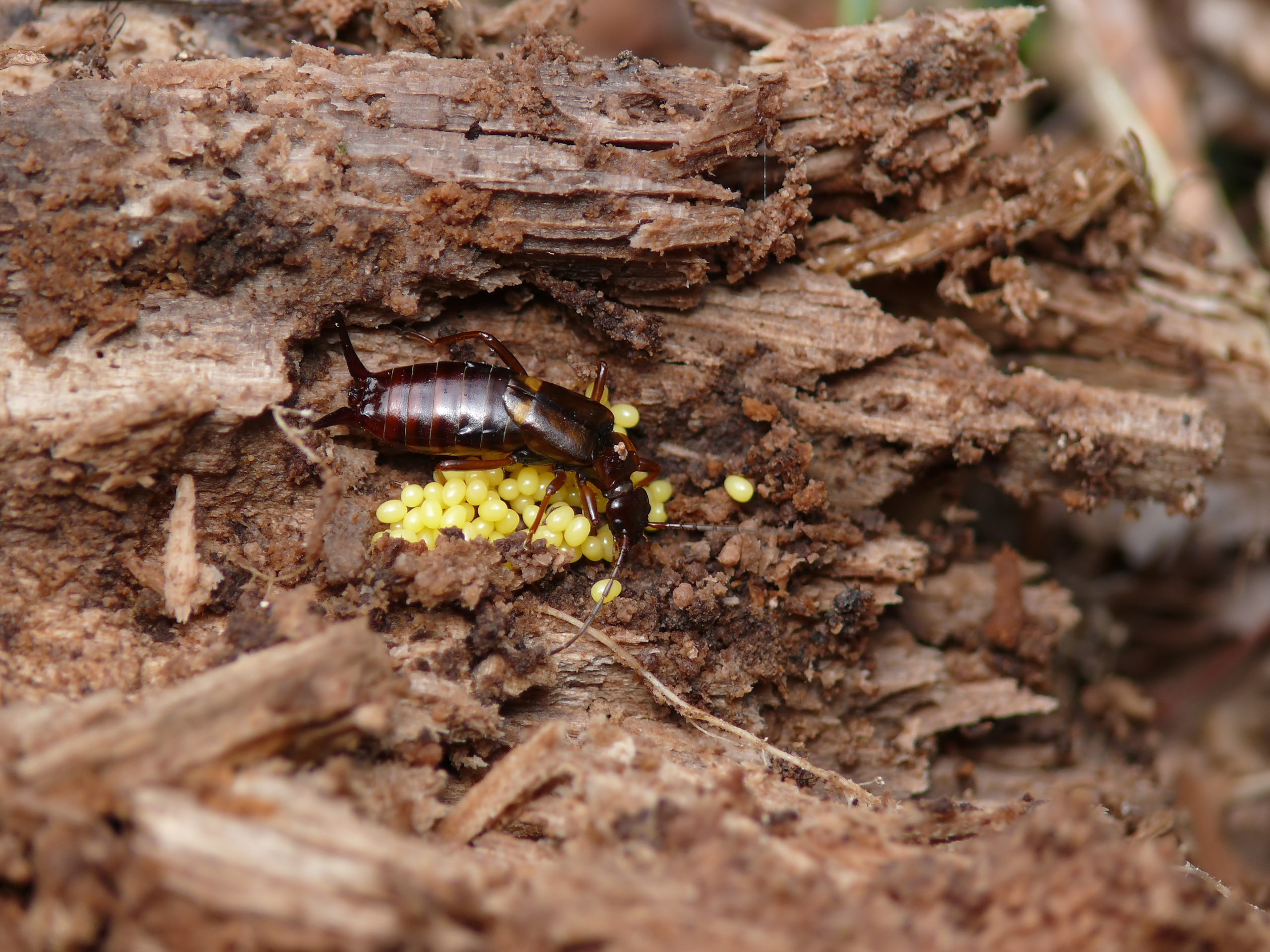
Fleas
Fleas are external parasites which means they travel on the backs, legs, etc. of their hosts from place to place and being to being. Because they don’t like to be far from their hosts, if they’re not on you or your pets, they can be found on beds, couches, pet bedding, cat trees, rugs, and carpets. 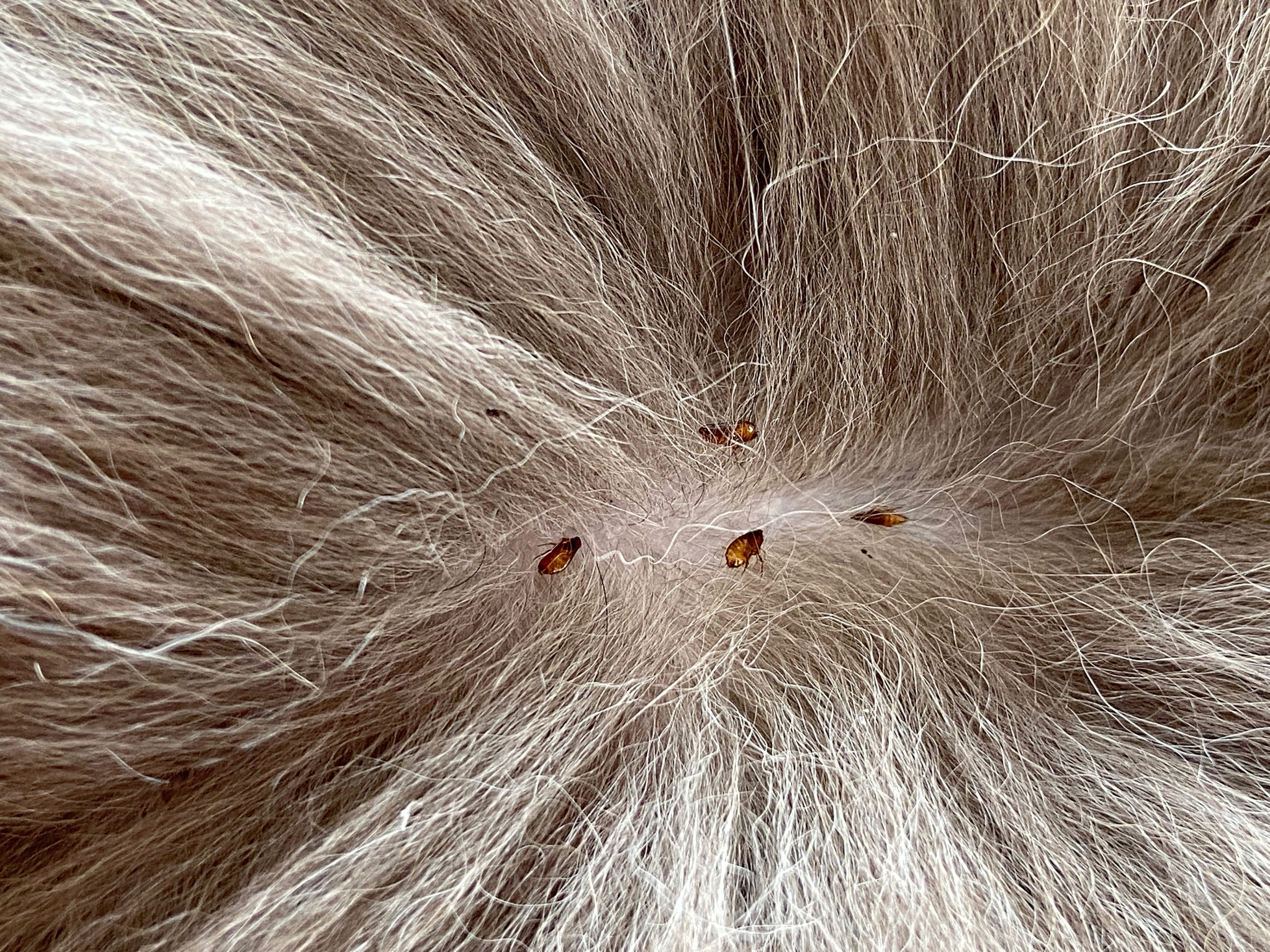
House Spiders
These spiders will often follow their prey (other insects/arachnids) into homes in order to construct their webs. While they aren’t as shy as some pests, house spiders still prefer not to be bothered and will choose areas that are either low in traffic or difficult to access. This includes:
- Corners of ceilings
- Closets
- Garages
- Top corners of windowsills
- Attics
- On chandeliers/hanging light fixtures
- On unused ceiling fans
- Under furniture or appliances
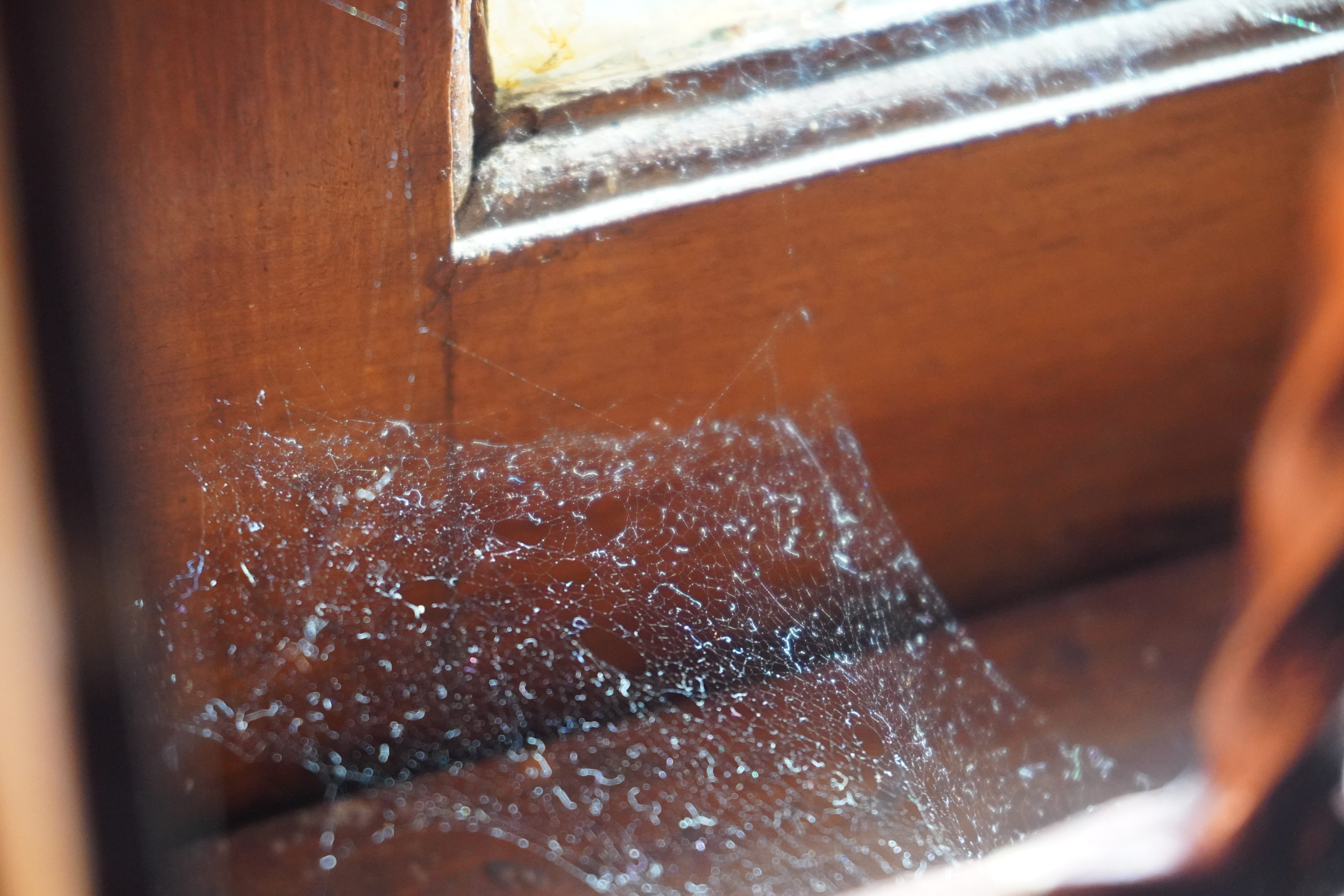
Paper Wasps and Hornets
Though these are two different species of Vespidae (stinging wasps), they both tend to construct their unique nests in similar locations around homes. These include:
- Along the sides of homes
- Under eaves
- Under porches
- On home playground equipment
- In outdoor lights
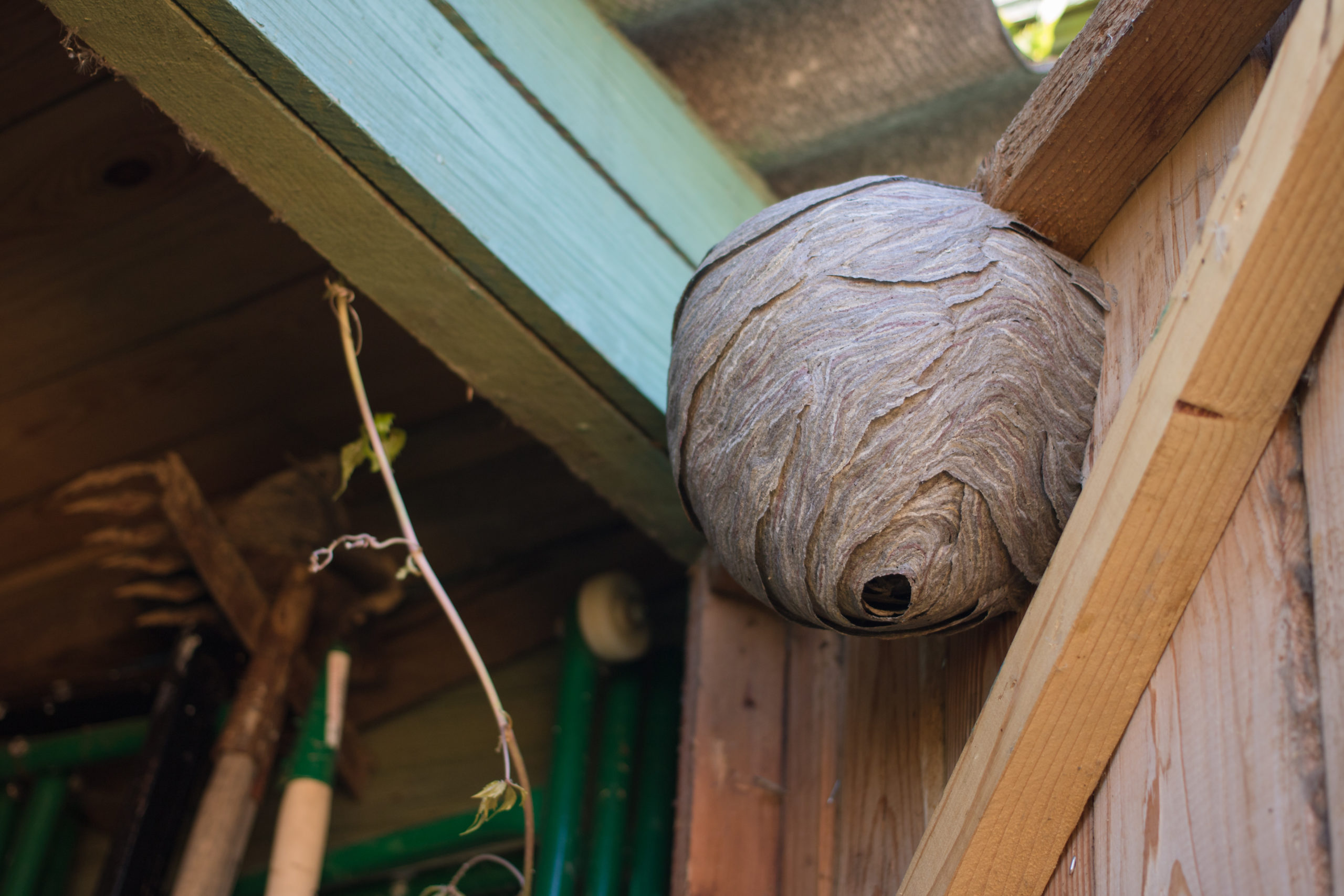
Pavement Ants
True to their names, pavement ants like to build their nests under sidewalks, beneath rocks, or below building slabs. 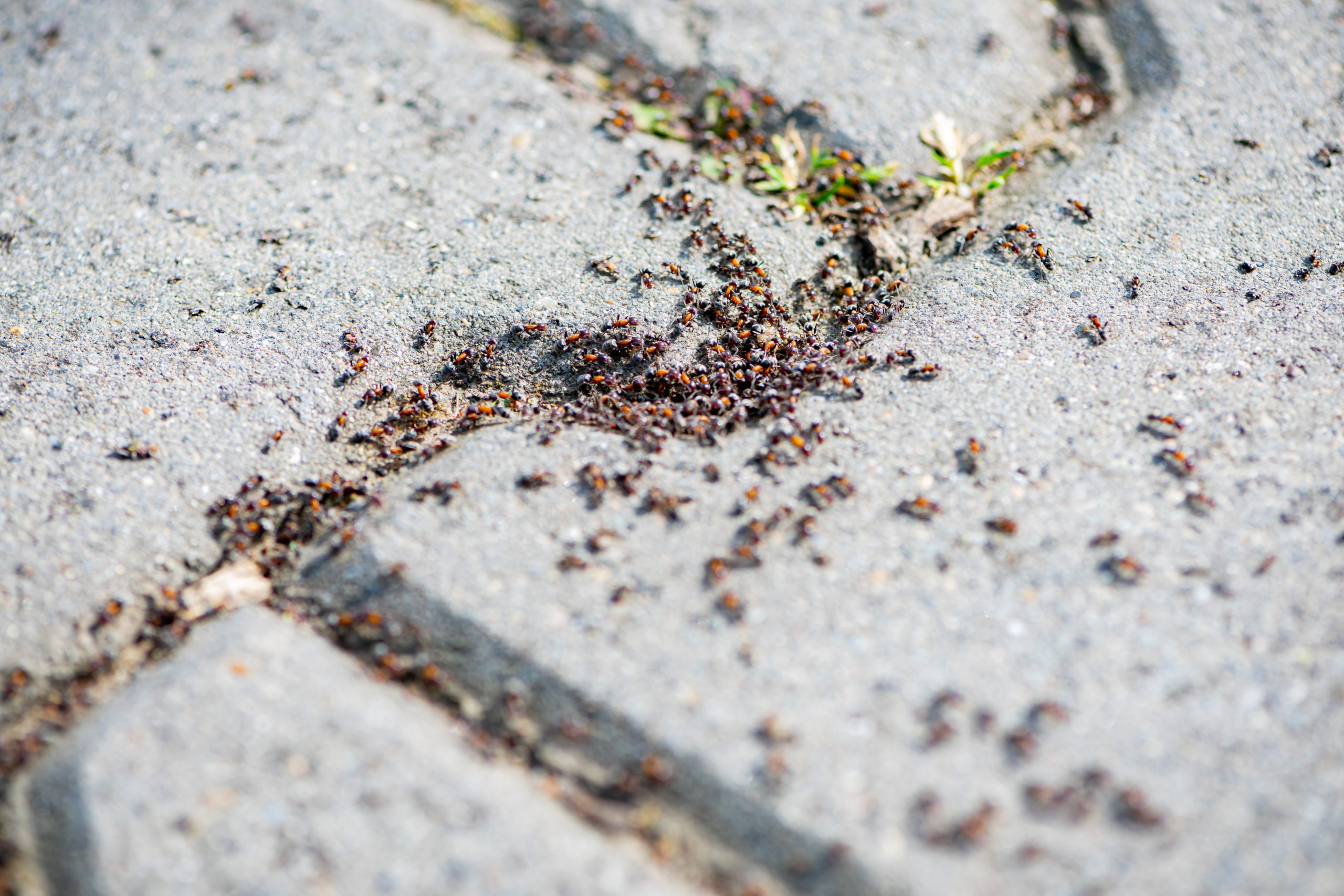
Silverfish
Silverfish are native to the United States and are very keen on moist areas that are preferably warm and humid. They thrive in environments with a humidity of roughly 70-90 percent, and don’t fare well in environments that are dry. Silverfish are also rarely seen during the daytime as they are nocturnal creatures. Due to all of these requirements, silverfish will typically target the follow places in homes:
- Laundry rooms
- Bathrooms
- Basements
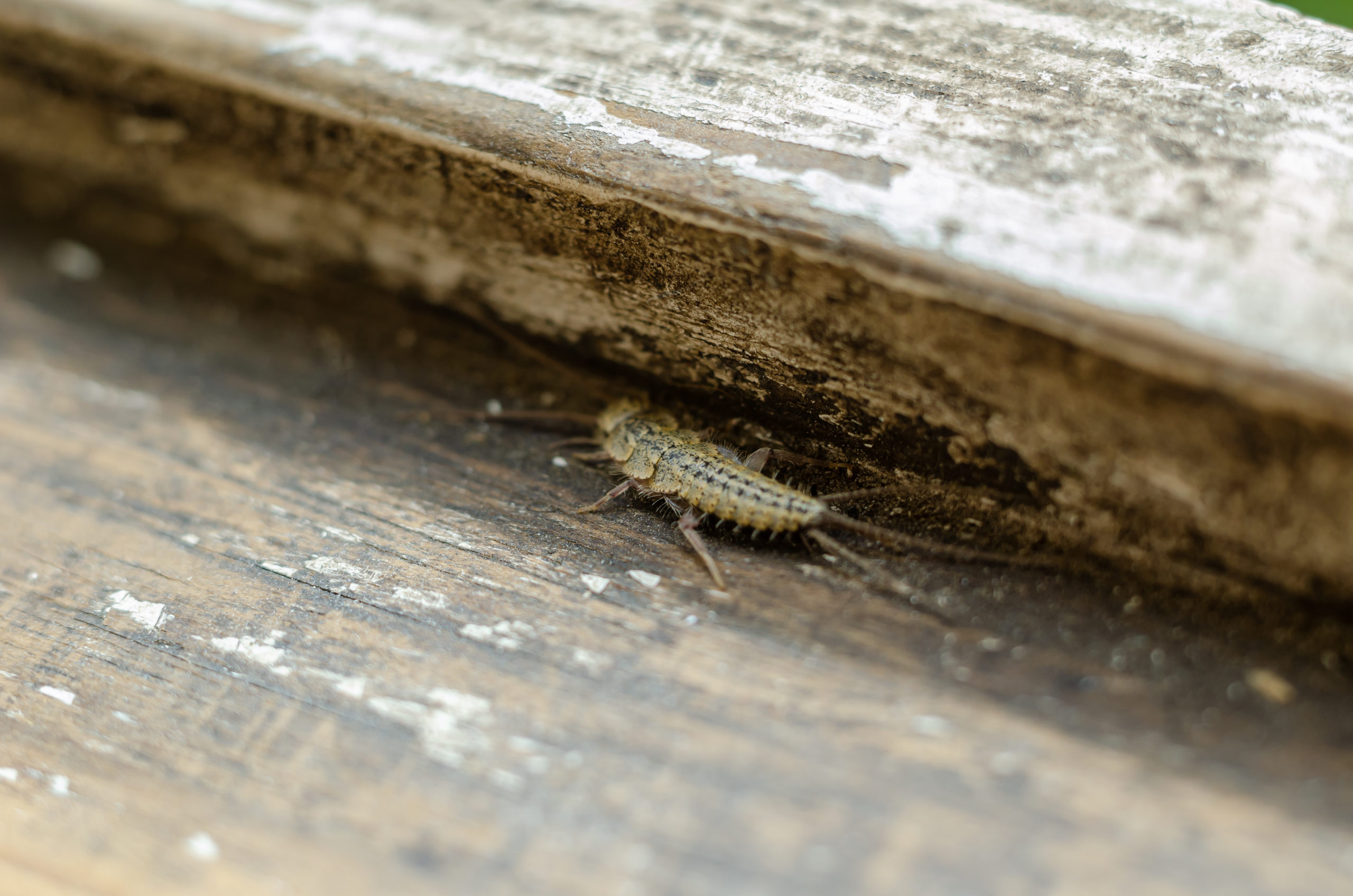
Yellow Jackets
Unlike most other stinging pests, the nests of yellow jackets are rarely visible. This is because they tend to build subterranean nests (underground) or will occasionally find gaps in walls, trees, etc. where they can form a nest inside. 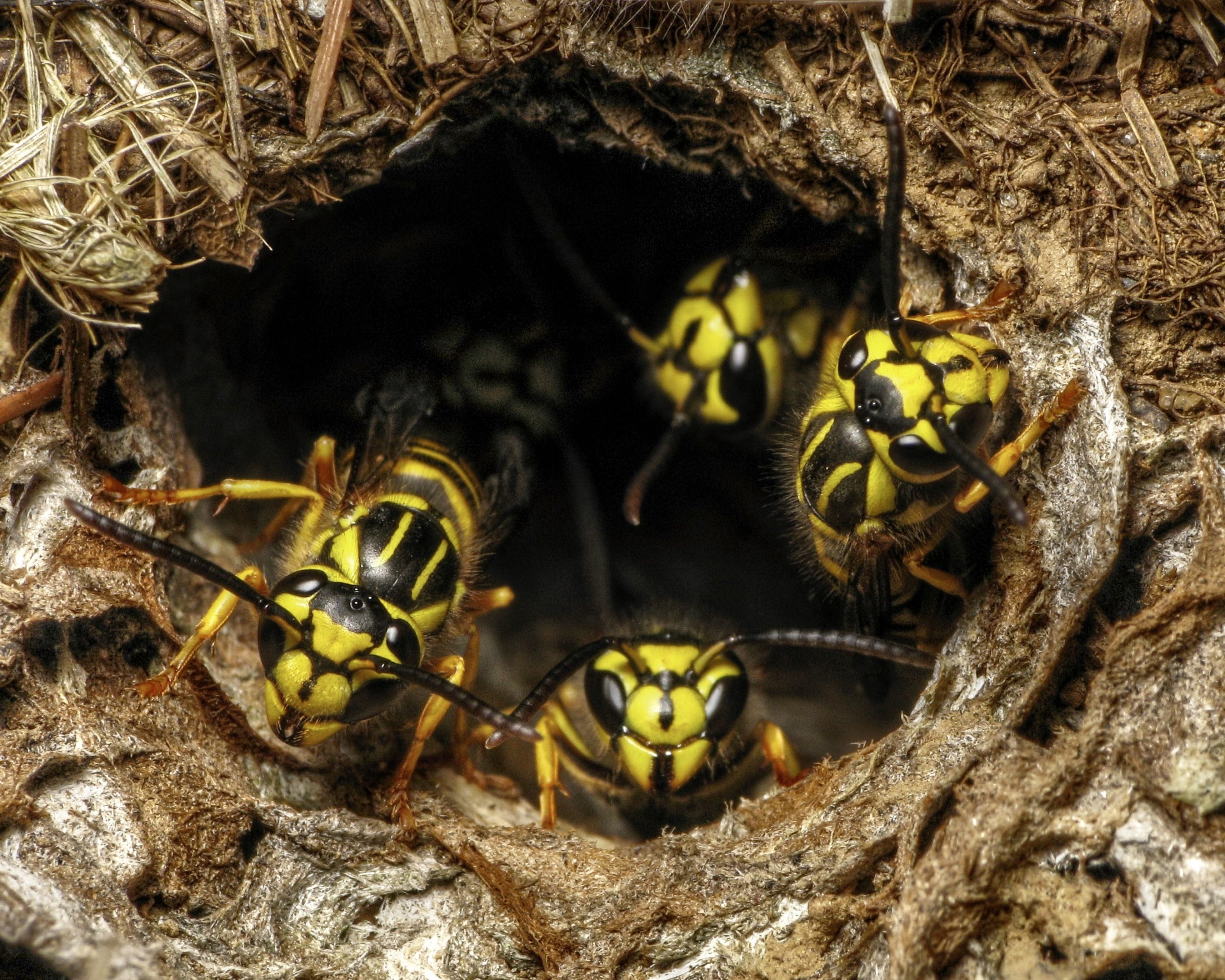
Wolf Spiders
Wolf spiders are unique in the fact that they do not create webs to catch their prey like most spiders. Instead, they stalk their prey on the ground, often in the dark, earning them the name “wolf” spiders. Wolf spiders prefer their solitude, so they tend to occupy areas that are less frequented such as cellars, basements, storerooms, and attics. 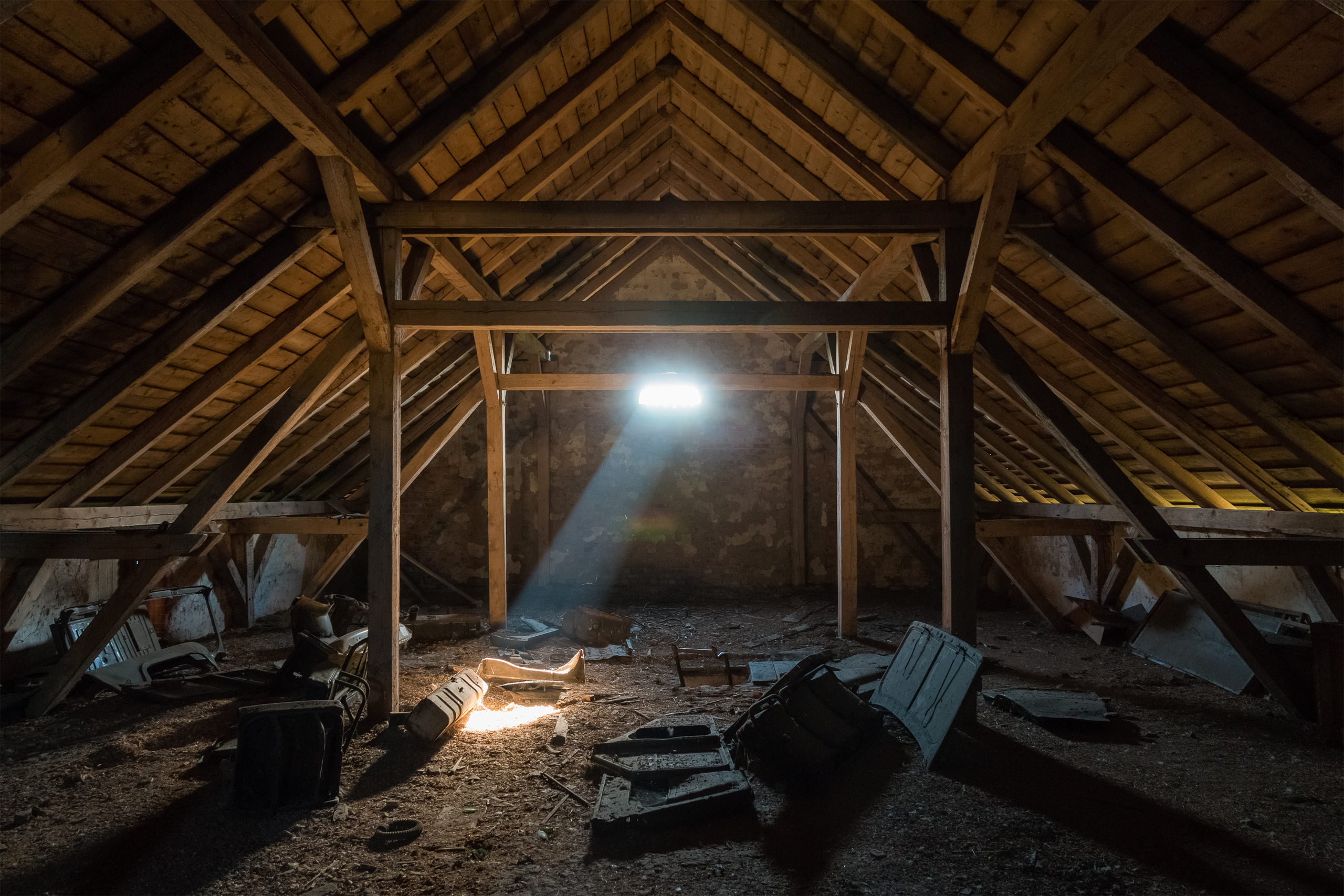
Request a Free Quote Today
(We do not share your data with anybody, and only use it for its intended purpose)
